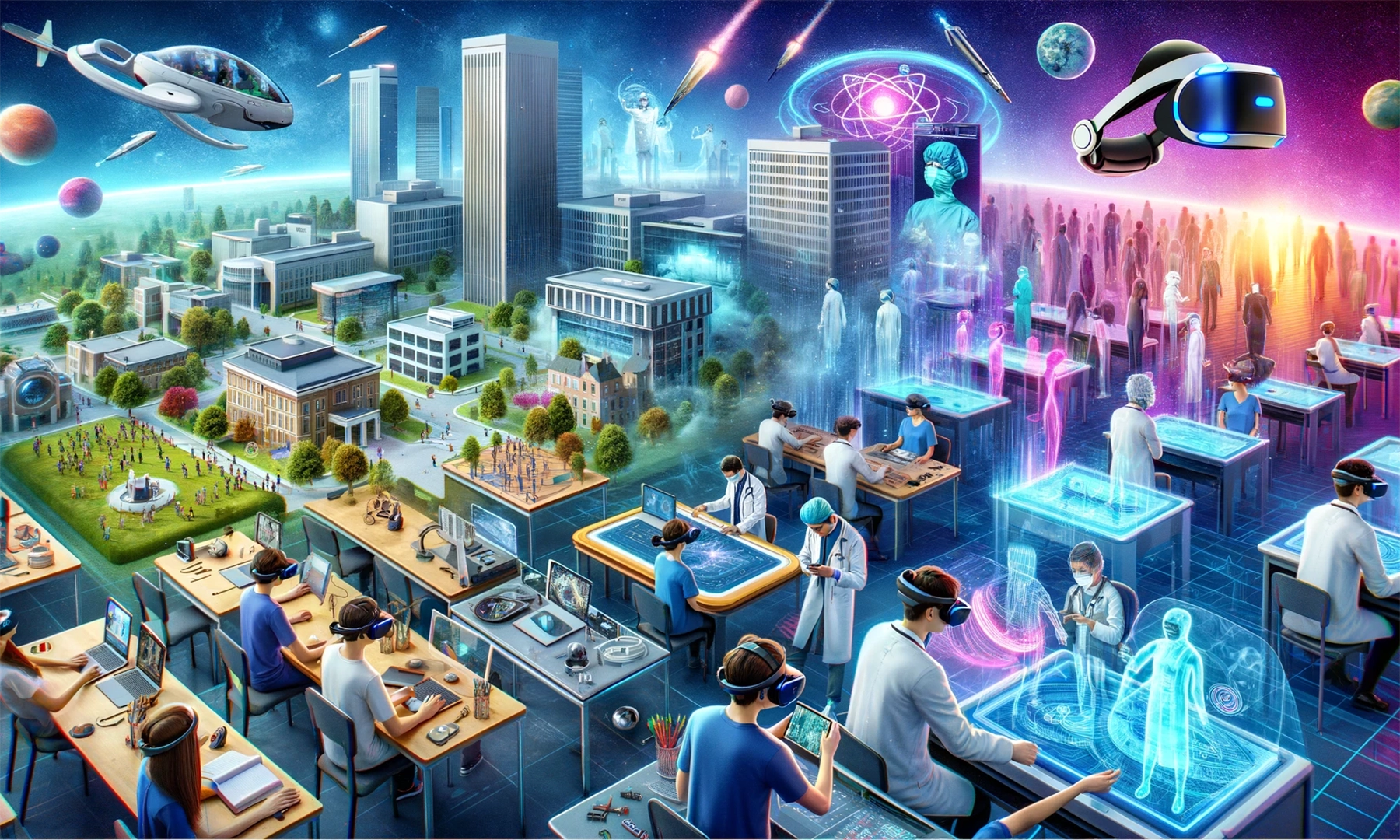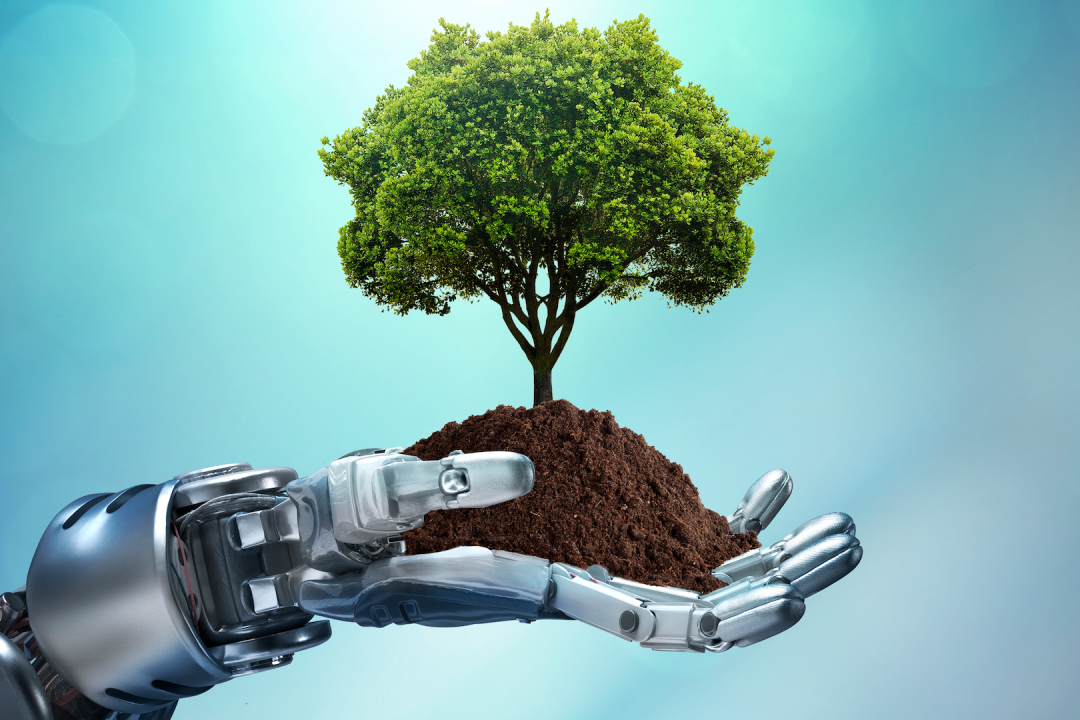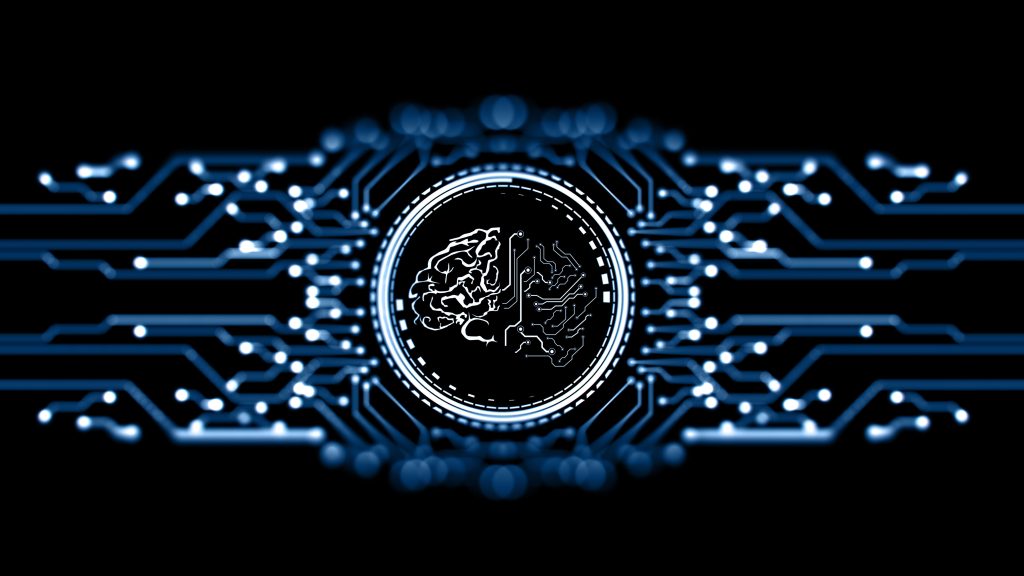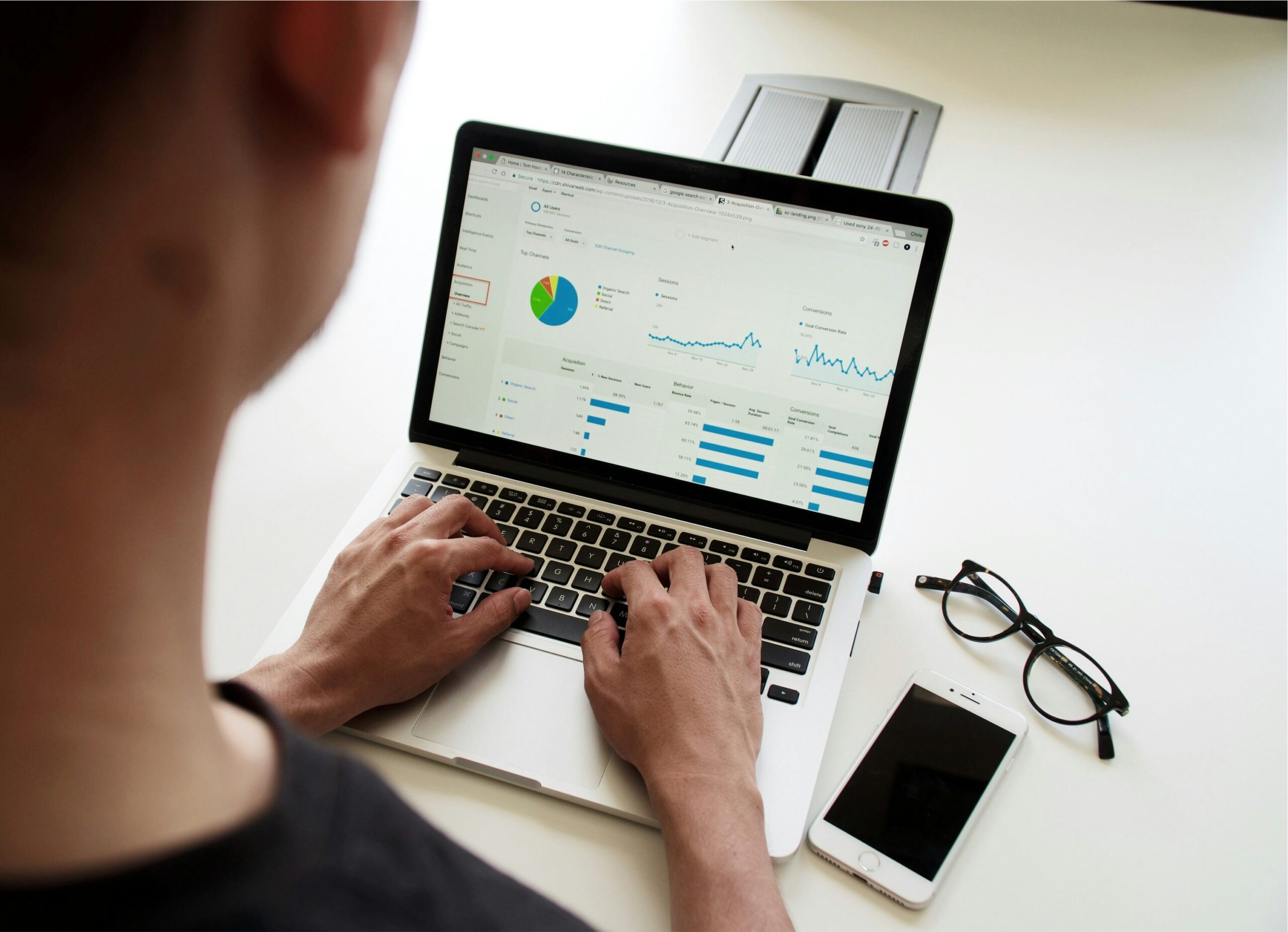Drones, also known as unmanned aerial vehicles (UAVs), have rapidly evolved from niche military tools to versatile devices widely used in a variety of fields. Their ability to fly remotely, acquire data, and perform complex tasks autonomously has made them invaluable in modern technology. From their use in agriculture and logistics to their role in photography and emergency response, drones are reshaping industry by improving efficiency, reducing costs, and increasing safety. This article explores how drones are revolutionizing various industries and the technological advances that are fueling their growth.
1. drones in agriculture
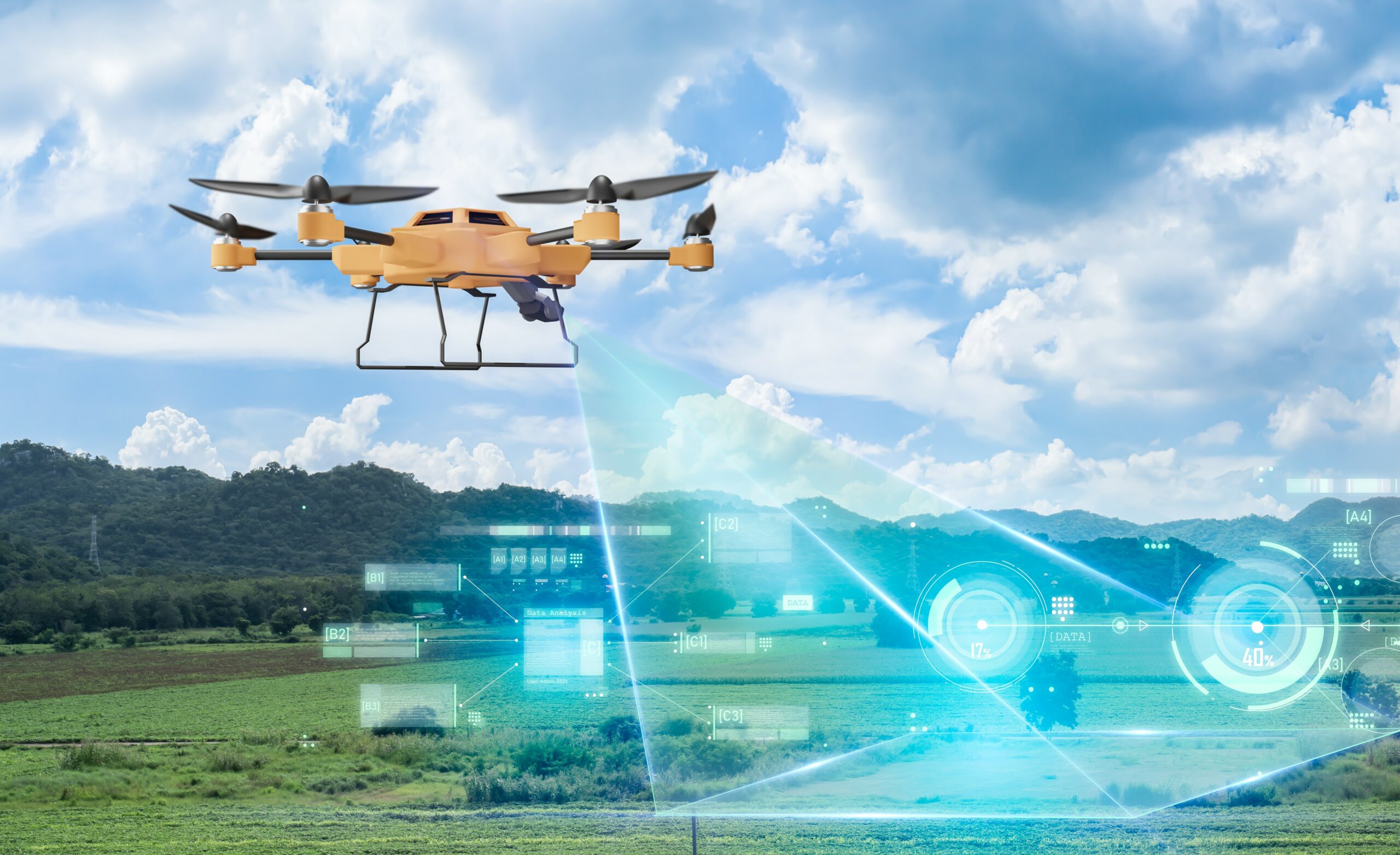
One of the most innovative applications of drones is in agriculture, where drones are helping farmers increase yields, monitor crops, and improve farm management. With the help of drones, farmers can capture aerial images that allow them to assess crop health, detect diseases, and monitor water distribution more efficiently than traditional methods.
Main applications
Crop monitoring: Drones equipped with multispectral sensors can provide real-time data on crop health, allowing farmers to detect problems early.
Precision agriculture: By providing targeted fertilizers and pesticides, drones minimize waste and reduce environmental impact.
Soil and field analysis: By creating accurate 3D maps with drones prior to planting, soil health can be analyzed to optimize planting strategies.
The agricultural drone market is expected to grow significantly as farmers continue to adopt this technology to increase productivity while reducing costs.
2. drones in logistics and delivery

Drones are transforming the logistics and delivery industry, particularly last mile delivery, the most costly and time-consuming part of the delivery process. Companies like Amazon, Google, and UPS are piloting drone delivery services to reduce costs, speed up deliveries, and ease traffic congestion.
Key Advantages
Faster deliveries: Drones can bypass road traffic, enabling faster deliveries, especially in urban areas.
Cost-effective: Delivery costs can be significantly reduced by reducing the need for vehicles and drivers.
Environmentally friendly: Electric drones emit no greenhouse gases, making them a sustainable alternative to traditional delivery vehicles.
In addition to package delivery, drones are also being used to transport medical supplies to remote and disaster-affected areas, providing life-saving assistance that would be impractical with traditional transportation methods.
3. drones in emergency response and disaster management

Drones have become an important tool in emergency response and disaster management. The ability to quickly reach inaccessible areas makes drones invaluable in the event of a natural disaster, fire, or accident. Drones can capture aerial footage, assess damage, and deliver critical supplies.
Application Examples
Search and rescue operations: Drones equipped with infrared cameras can locate missing persons in remote and disaster-stricken areas.
Firefighting: Drones can provide real-time images of wildfires, helping firefighters develop more effective strategies while minimizing risk to human life.
Disaster relief: After an earthquake, flood, or hurricane, drones can be used to assess damage, deliver supplies, and assist in rebuilding efforts.
Organizations such as the Red Cross and FEMA are increasingly relying on drones to improve their disaster response capabilities and make rescue efforts more effective and timely.
4. drones in construction and infrastructure inspection
The construction industry is increasingly adopting drones to streamline project management, improve safety, and increase accuracy. Drones can capture high-resolution aerial images and generate 3D models to help architects and engineers monitor construction sites and make better-informed decisions. Main Applications
Surveying: Drones can quickly survey large areas of land and provide detailed topographic data that would take weeks to obtain manually.
Progress monitoring: Construction managers can use drones to monitor progress and ensure that projects stay on schedule.
Safety inspections: Drones can inspect hard-to-reach areas such as tall structures and bridges, reducing the need for workers to perform dangerous tasks.
Drones are also used to inspect bridges, power lines, pipelines, and other infrastructure. By capturing high-resolution images, drones can identify potential problems such as cracks, corrosion, and other structural issues before they become fatal, helping to prevent costly repairs and accidents.
5. drones in surveillance and security
Drones have become a valuable tool for security and surveillance in both government and private organizations. Equipped with advanced cameras and sensors, drones can monitor large areas more efficiently than traditional surveillance methods.
Applications in Security
Border Security: Drones are used to monitor large areas along borders and provide real-time information to law enforcement agencies.
Crowd control: During large events, drones provide aerial visibility to help security teams monitor crowds and prevent incidents before they occur.
Facility Surveillance: Businesses and government facilities are using drones to patrol their perimeters, enhancing security and reducing the need for human guards.
As drone technology continues to evolve, the role of drones in public safety and security will expand with more advanced sensors, autonomous decision making, and AI integration.
6. drones in film production and photography
In the creative industries, drones have revolutionized the way filmmakers and photographers shoot images. Drones provide unprecedented access to aerial shots and perspectives previously only possible with helicopters and cranes.
Key Advantages
Affordability: Drone technology has made aerial photography and videography more affordable, allowing independent filmmakers and photographers to produce high-quality content.
Flexibility: Drones offer more creative possibilities because they can access tight or dangerous locations that traditional equipment cannot reach.
Stabilization technology: Modern drones are equipped with gimbals and stabilization technology to ensure smooth, professional-quality video.
Drones are being used in blockbuster movies, documentaries, and sporting events to add dynamic visual elements that enhance storytelling.
7. advances in drone technology
Continuous advances in drone design, autonomy, and AI integration have greatly enhanced the role of drones in modern technology. Key innovations include
Autonomous flight: AI algorithms allow drones to navigate without human intervention, enabling fully autonomous missions such as package delivery and infrastructure inspection.
Swarm technology: Multiple drones can work in coordinated “swarms” to perform complex tasks such as search and rescue missions and environmental monitoring.
Increased battery life: Advances in battery technology are extending the flight time of drones, making them practical for longer missions.
These advances are leading to the integration of drones into the Internet of Things (IoT) ecosystem and smart cities, positioning them as a key component of the fourth industrial revolution.
8. challenges and ethical considerations
While drones have many advantages, they also present challenges and raise ethical issues. Key concerns include the following
Privacy concerns: Because drones can easily capture images and video, there are concerns about surveillance and invasion of privacy rights.
Regulation: With the increase in drones in the sky, regulatory agencies such as the Federal Aviation Administration (FAA) have implemented strict rules regarding where and how drones can be flown. Safety: Drones flying in congested areas or near airports pose a safety risk, especially if communication is lost or malfunctions in flight.
As drone technology continues to advance, it will be important to find a balance between innovation and regulation to ensure safe and ethical use.
Conclusion.
Drones have become an essential tool in modern technology, revolutionizing industries such as agriculture, logistics, emergency response, and film production. Their ability to autonomously perform tasks, acquire valuable data, and access hard-to-reach areas makes drones an important part of today’s technological landscape, and as advances in AI, battery life, and autonomous flight continue to advance, drones will play an even more important role in the future, providing new opportunities for innovation while at the same time posing new challenges for regulatory and ethical use.


